September 25, 2023
Confidence as an Outcome, Not a Feeling
Recently, I had the pleasure of tuning into Diana Osagie’s captivating insights on Courageous Leadership. Her words sparked a reflection on how, as a part of the Repton family of schools, we cultivate confidence and courage as core character traits in our students.
Diana Osagie’s take on confidence, laced with humour, challenges our conventional notions of it. We often link confidence to our attire, believing that the right “suits” and “shoes” can make us feel invincible. Society encourages us to “exude” confidence, especially in high-pressure situations like job interviews or presentations. Yet, as Diana wisely notes, this feeling of confidence doesn’t always translate into success and can easily crumble at the slightest obstacle.
Consider the universally dreaded driving test—a milestone for many. Candidates often enter the test center radiating “confidence,” but the outcome is far from guaranteed. The average person needs 40-45 hours of driving lessons and roughly 22 hours of additional practice, highlighting the paramount importance of adequate preparation. This scenario reminds us that there exists a fine line between projecting an “air of confidence” and teetering into the realm of arrogance.
As educators, we frequently delve into discussions about confidence during assemblies and pastoral gatherings. However, there’s a common misconception about confidence — that you either have it, or you don’t. Many believe that confidence means effortlessly delivering TEDTalk-worthy presentations with minimal preparation. But that’s not our perspective.
At Repton, we impart to our students the invaluable lesson that genuine confidence isn’t born out of thin air. It doesn’t hinge on fashionable attire or innate charisma. True confidence emerges from a single, crucial step: preparation.
Anyone can nurture confidence in a specific subject, be it a dramatic monologue, a musical performance, or a GCSE examination. All it takes is the right kind of preparation—delving deep into the subject matter, honing skills, and laying a solid foundation. This is the type of confidence that stands firm even when adversity strikes, be it a car breakdown on the way to school or unforeseen challenges. It’s the kind of confidence that enables you to make decisions with assurance, secure in the knowledge that you can bounce back even if things don’t go as planned. Picture a student who diligently prepared for a leadership role interview, articulating well-researched ideas, and doing so with humility. This is the confident and humble leader we believe will inspire their peers.
As we navigate the complex landscape of confidence, let’s remember that it’s a powerful trait that empowers individuals to excel. However, it must be paired with humility. The fine line between confidence and arrogance is one we’re committed to helping our students tread with grace. Self-awareness, humility, and a genuine appreciation for the perspectives and contributions of others are the tools to maintain this balance. When we do so, we not only nurture our own success but also create an environment where everyone can thrive.
Mrs. Chandini Misra
Principal
